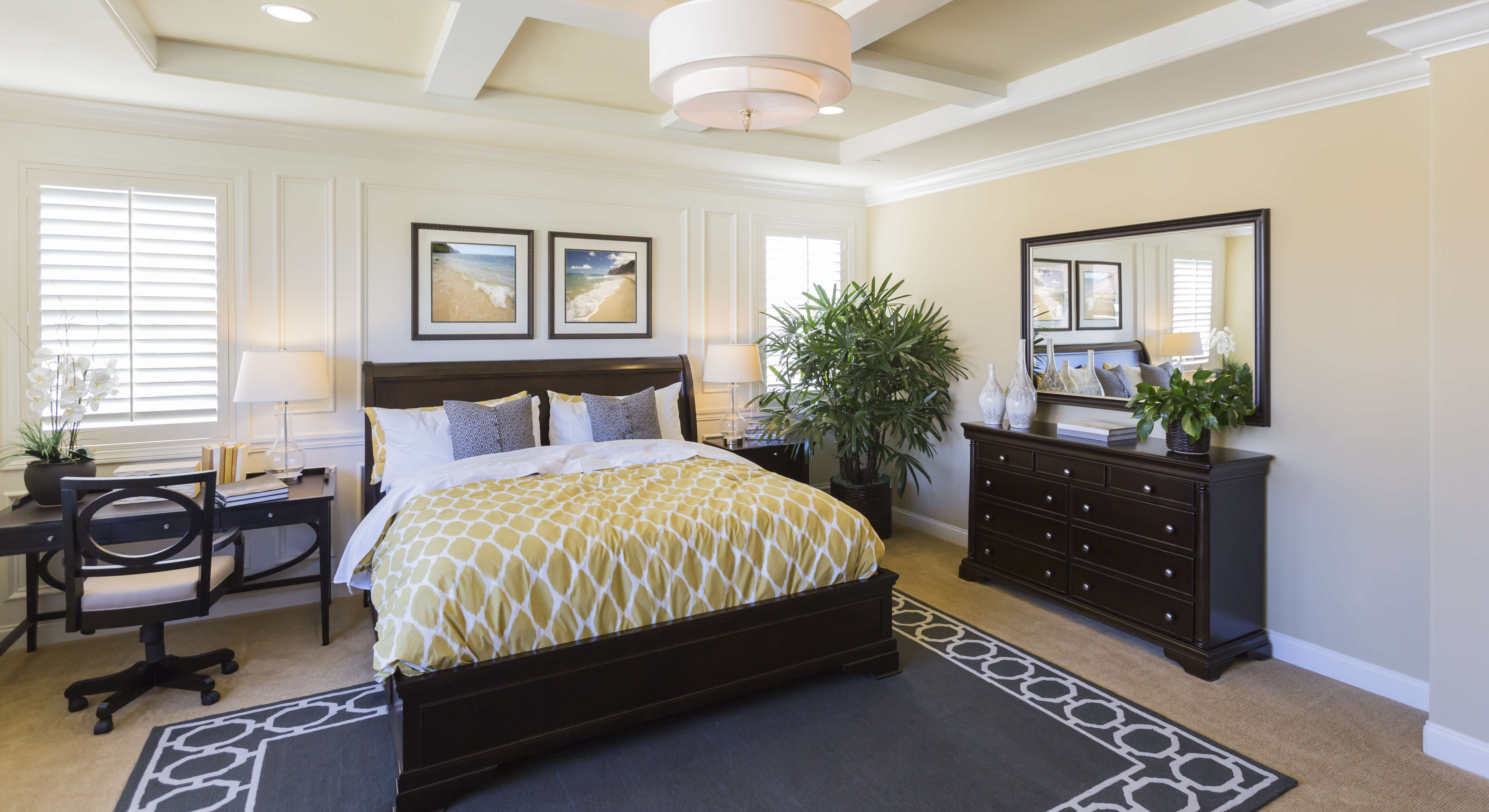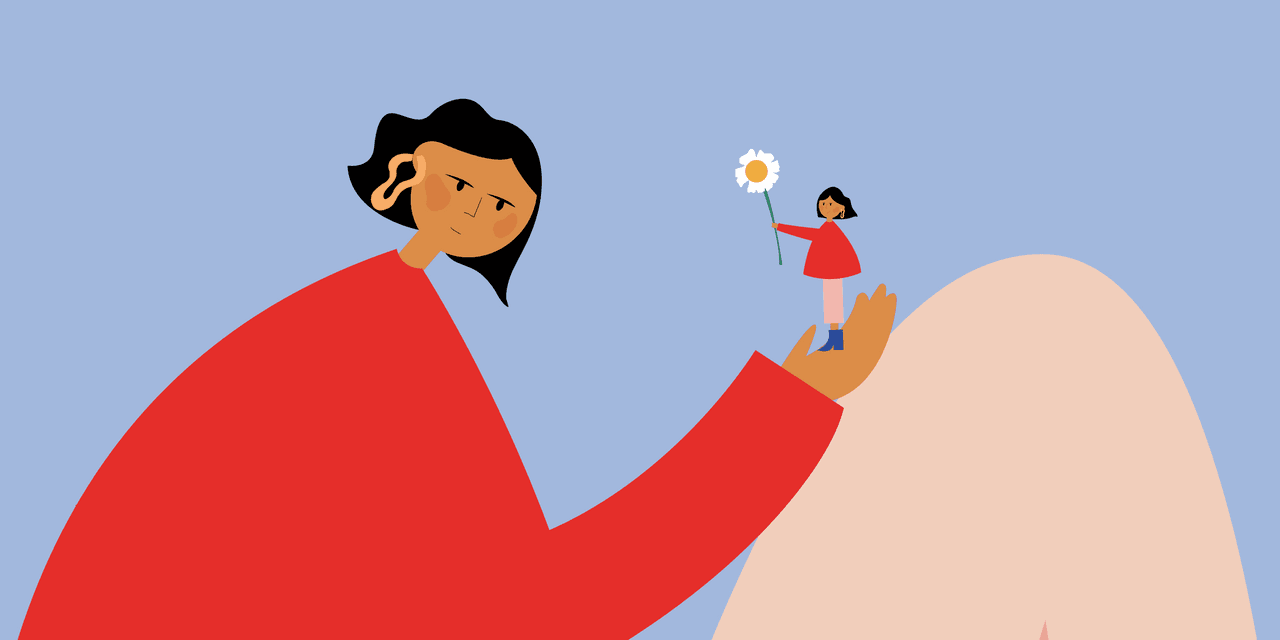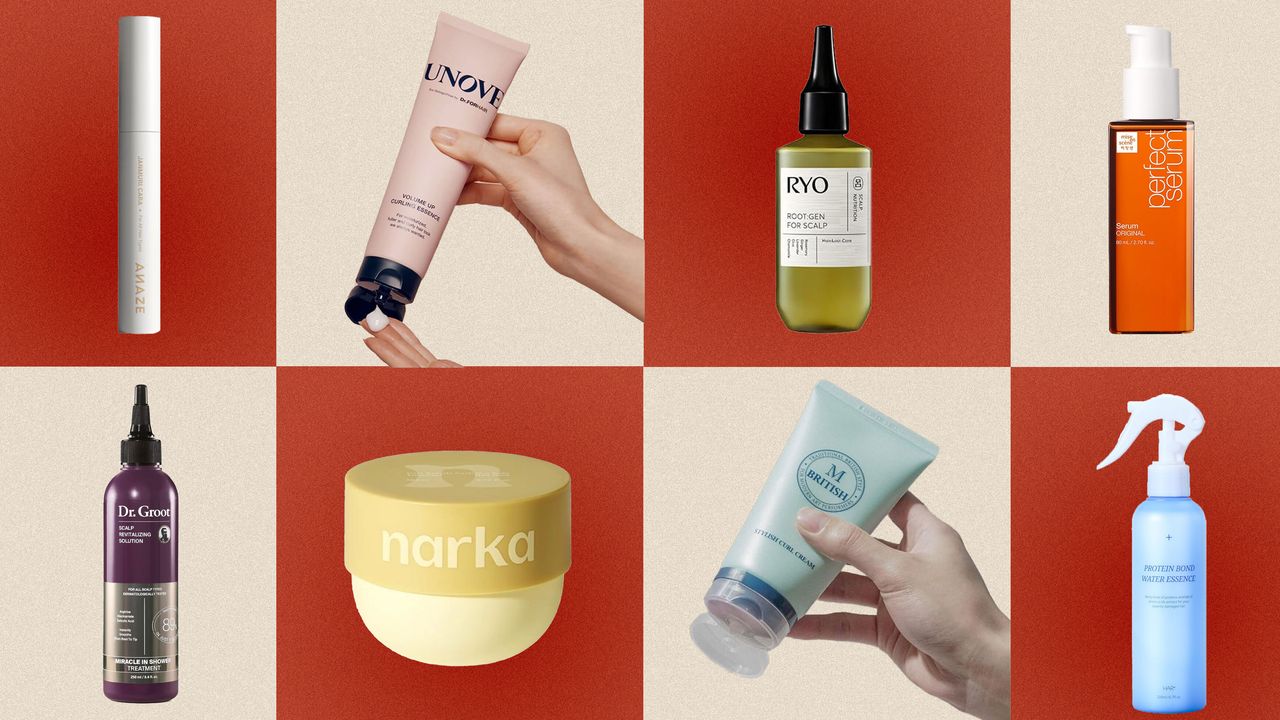Blog
Experts share the three common heat-trapping mistakes that ‘stifle air circulation’ in your home

The heat is ramping up and up this summer, and I’m struggling to keep my house cool. But apart from relying on cooling fans to keep me chilled, I’m also looking at methods to stop my house and family from overheating for free.
We’ve already covered the ‘caveman method’, which you couldn’t get enough of, and the ‘wind-tunnel method’, which blew you away. And now, I’ve called on the help of Chloe Barrow, interior expert at Laura James, to discover three common heat-trapping mistakes to avoid in a heatwave.
According to Barrow, small styling choices could be inadvertently turning up the heat indoors when you’re striving to turn it down. Here she reveals three common decor mistakes that you should avoid in a heatwave.
1. Your furniture is blocking airflow
It’s all about air circulation, Barrow explains, “Most people don’t realize that placing large furniture pieces too close to walls can actually stifle air circulation. Air needs space to move, especially around naturally cooler areas like walls and floors.”
So, how are we getting it wrong? “If your couch or sideboard is pressed right up against the wall, you’re limiting that airflow and trapping heat in pockets. Even just pulling pieces a few centimetres away can help fresh air move more freely through the space,” she says.
This can be trickier to solve in a smaller home, as valuable inches can leave little space to move around, and if this is the case for you, think of this solution as a short-term fix .
2. Your rugs are making the room hotter

Rugs bring an attractive aesthetic to a room, and they can also make it feel cozy, but Barrow says they are not ideal in a heatwave.
She explains: “Rugs are brilliant insulators, which is great for winter but not ideal when you’re trying to cool down. Thick pile or large area rugs can trap heat, especially on hardwood or tiled floors that would otherwise stay naturally cooler.”
To overcome this problem, Barrow says that “in summer, consider rolling up heavier rugs or replacing them with lightweight flatweave styles.”
Apart from leaving certain high-traffic zones rug-free, she adds that “it can also help lower the perceived temperature underfoot, making the space feel fresher and more breathable.”
3. You use blinds instead of curtains

Your windows can make a significant difference in the heat, and Barrow argues that blinds aren’t the best option.
“While blinds can look sleek, they often do little to block out heat. Thin slatted styles especially allow sunlight and warmth to seep in, which quickly raises the internal temperature.”
So, why should you choose curtains over blinds? “Curtains, especially those with a thermal or blackout lining, can significantly reduce heat from coming in. They create a thicker barrier between your home and the sun’s rays, helping to keep rooms noticeably cooler,” Barrow explains.
During the summer, she recommends keeping curtains drawn during the hottest parts of the day to maintain a lower ambient temperature.












